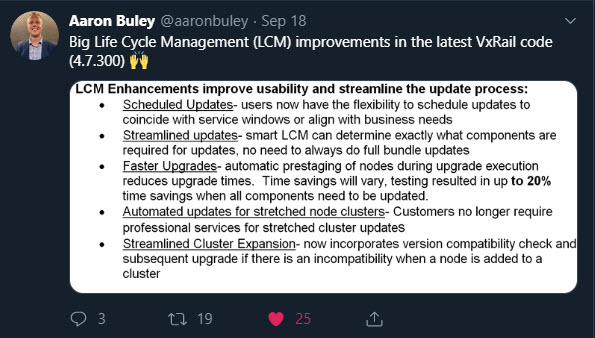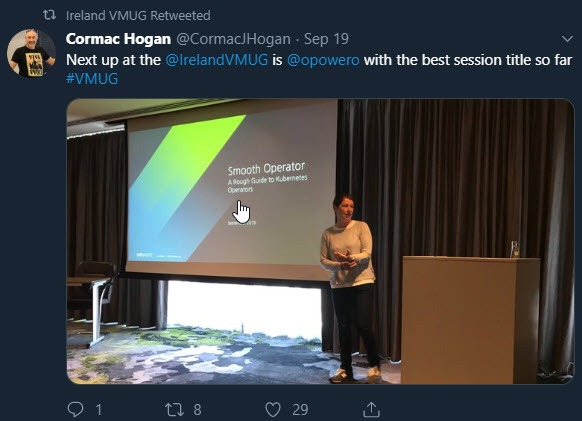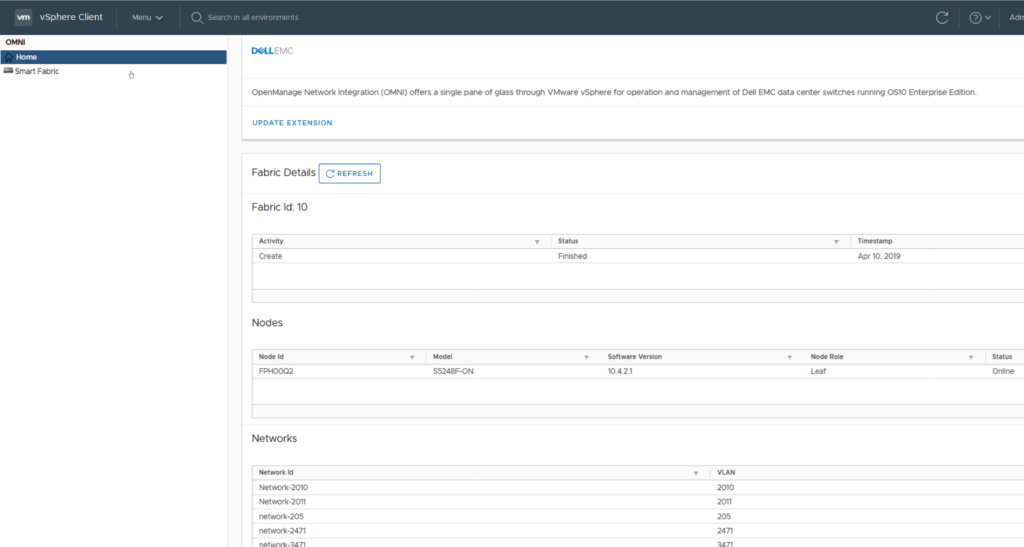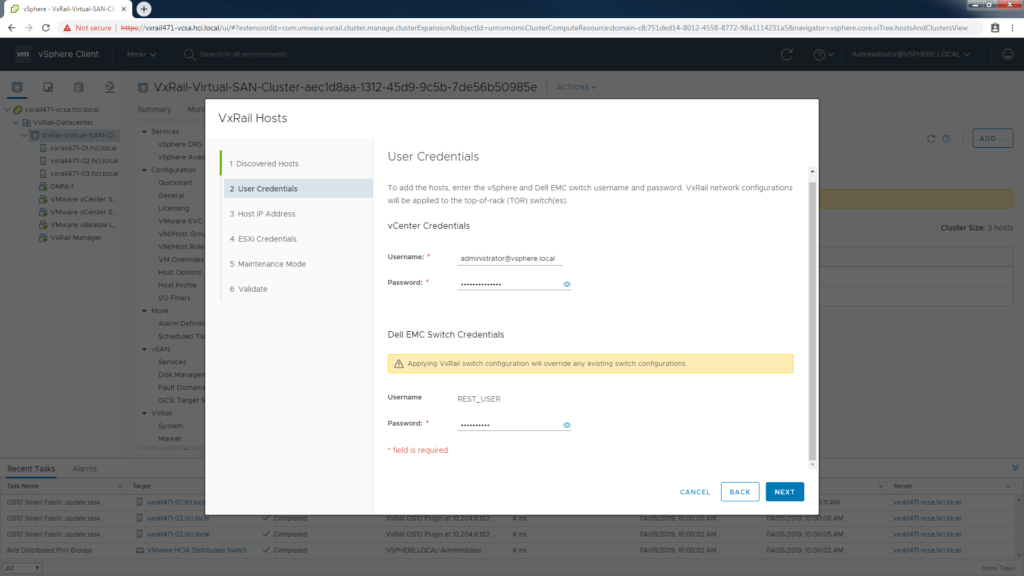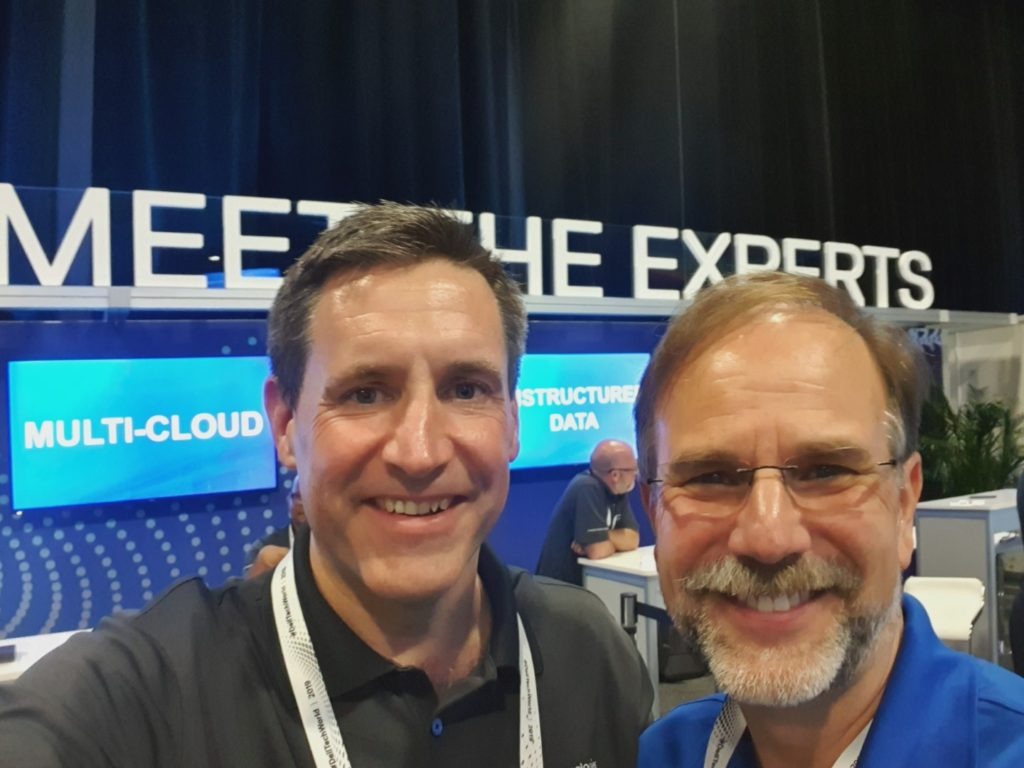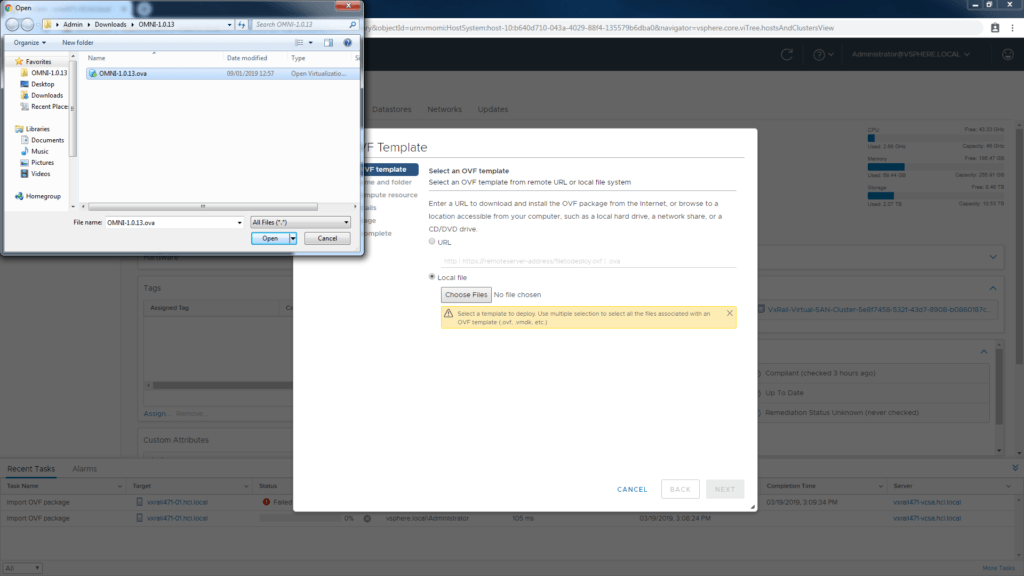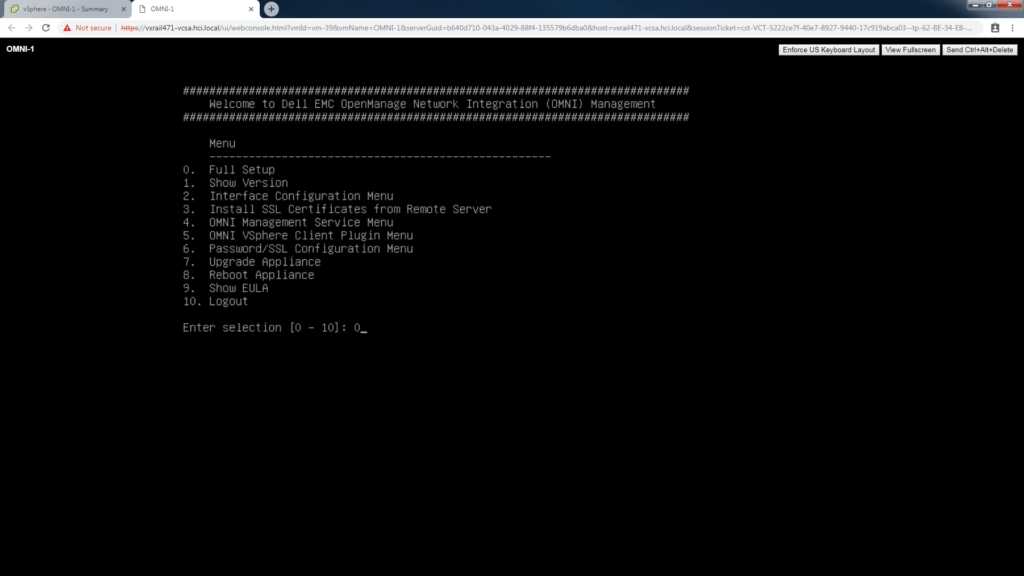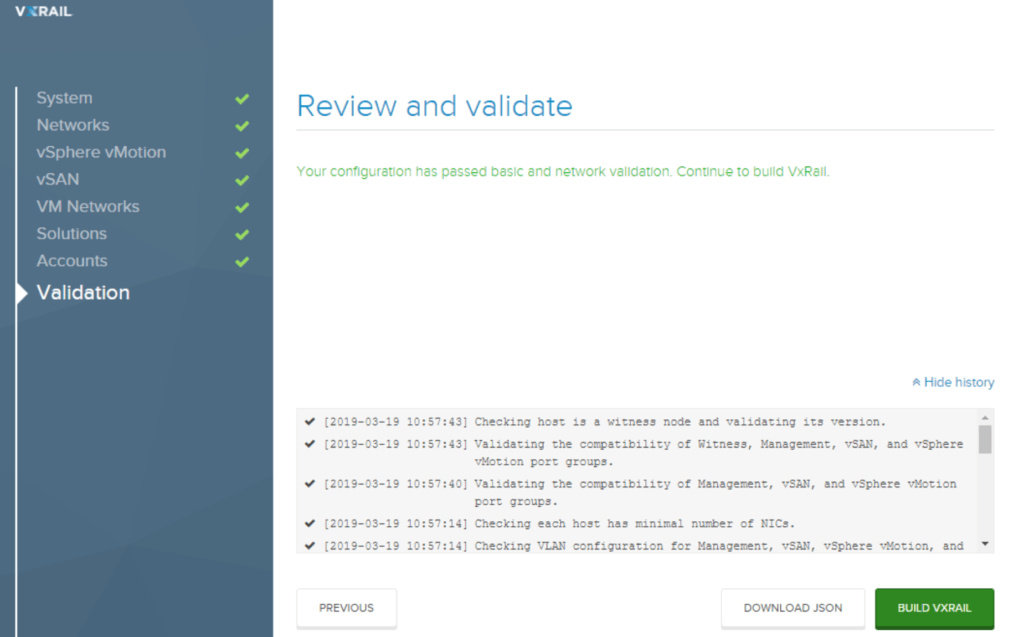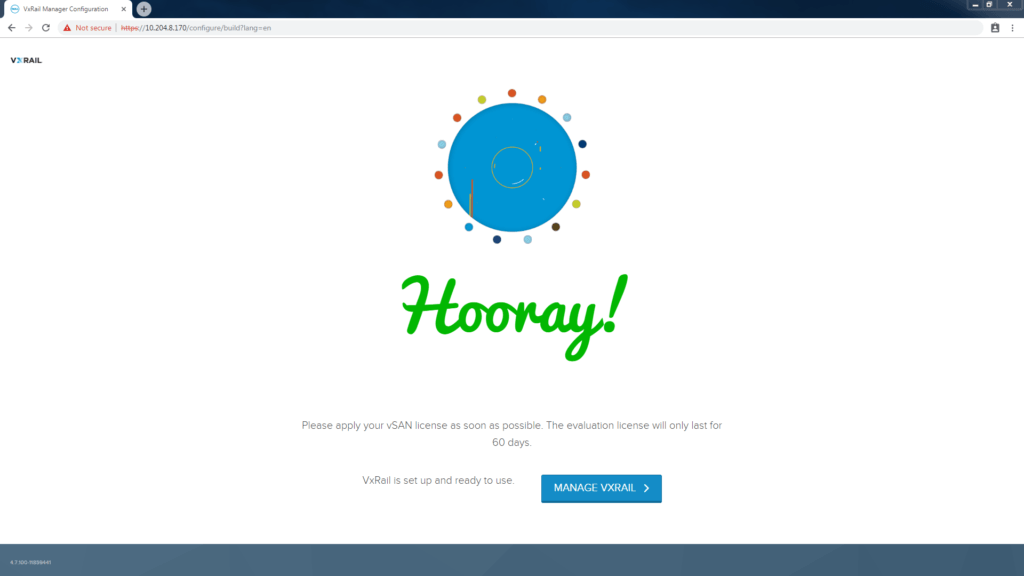Are you going to @DellTechWorld ? Interested in #VxRail or SmartFabric networking? Register for a session and we can have a chat! https://buff.ly/2DnzECu
Its vendor conference season again, are your ready? Accommodation booked, event ticket snagged and you have your aisle seat reserved on the flight, now what else do you need…
Preparing before you go.
Don’t keep it a secret that you are going to the conference! OK you don’t have to brag about it on social, especially if your security conscious and your home is going to be empty, but make sure your network knows you are going. This is a chance to plan ahead and make appointments with people you want to target for face time. You may only see some of these people at events once or twice a year, make the most of it. Don’t just ask them to visit you at a booth, make the effort to seek them out.
Set yourself reminders of lists of people you want to meet, seek out their sessions if they are speakers or find out where they will be and doorstep them! I always keep an ear out for recommended sessions or good speakers and try and see them. Support others that are going to the event, they will support you back.
Events like VMworld or DTW always have intimate sessions with smaller audiences. These are a great opportunity to get to make eye contact or even speak with a presenter after the session. This is much harder to do at a keynote. In Barcelona after VMworld I blogged about the Expert Sessions that were bookable. Amazing presenters and tiny audiences. I even found myself in a session where I was the only person that turned up!
Hang around the Podcast tables and see if you can get a spot. Step out of your comfort zone and show everyone you have something to say. If you are worried about content, try something easy like a Tech Confession style podcast, the content is you!
What’s in the phone?
Make sure you have loaded up the essential phone apps for the event, you will not want to lug around a laptop just to check a schedule or confirm a flight.
- Dell Tech World app is up, be sure to install it and nail down your schedule.
- Google Maps. This is a must IMHO. Visiting a new city for the event? Download the offline map and get tips and advice from locals on the best places to visit before or after the event kicks into high gear.
- Travel Apps. All major airlines, Uber or Lyft or a local service. I use TripIt linked to my gmail, handy for itinerary and travel planning. I am trying out Google Trips for the first time this event, good so far!
- Expenses? Amex and Concur have good apps. Nothing worse than having to dig thru a pile of receipts when you get home. Concur has gotten really smart at creating entries directly from images of receipts.
- Communications. Nothing worse than being on your own at an event when you want to meet up with friends or contacts. Plan ahead and create WhatsApp groups or use Slack/Teams to reconnect with people. This year we are trying out WhenIWork app that looks pretty powerful, and includes a scheduler for team members.
- Podcast! No better place to collect new podcasts in your catcher, I use Podcast Addict. You can also try and start your own one using the Anchor app, maybe a roving reporter style?
What’s in the suitcase?
Before you pack you have checked the local weather right? Use YR app and make sure you are covered for all possible seasons as well as a flexible wardrobe for business and casual events. Have you got the right shoes? If you don’t have a comfortable pair, rush out now and buy some. You still have time to get them broken in BEFORE you put them on in Vegas. Dress shoes for the customer dinners, black shoes for booth duty and runners for downtime. I over-pack underwear and socks, never want to run out. Day Shirt and Evening shirt please, let the event dictate the style. Don’t forget to pack a big enough bag for the return trip, especially if you are into collecting swag.
When in Vegas…
It gets harder and harder to snag a ticket if you don’t have a job to do, so more than likely you have some sort of responsibility while you are at the vent. Hopefully in your busy schedule you have been allowed some free time, use it wisely. Don’t just swag hunt, make sure you network, seek out new technology, use the creative space to bounce ideas off others.
There are other things you can do, other than work and attend some sessions. Get a headshot. There is always at least one stand setup to offer free headshots. Plan ahead and where or bring a suitable shirt/jacket/tie/dress combo that will look good. If you fancy something different and are a little shy, try and find a caricature artist that will cartoonize your headshot.
Have you planned for some alone time? Big conferences can be overwhelming, especially for an introvert. Make sure you get some time to empty the head, go for run or hit the gym or just lie down for 20 minutes. Recharge the mind so you can get back in the game.
Go on be social.
There is a temptation to try and attend every social gathering scheduled. Sometimes you will find yourself triple booked as all the evening events seem to be on at the same time. Stick to water and make as many appearances as you can, build that network. But in this section I am not talking about pubs or clubs, I mean of course social media. Even if you aren’t a social ninja and the thoughts of tweeting selfies makes you breakout in hives, i want you to step out of your comfort zone and leverage at least some of these apps.
Buffer. There are multiple tools out there now that will allow you to schedule tweets. Take time to plan ahead and write some before the event. You don’t want to have your head in a phone app when you could be meeting and greeting.
Twitter. This can be a great way to find people as well as let people find you. Find out your conference official hashtags and include them in your tweets. It doesnt take much effort to get up on the Social Media wall of fame and its great for exposure as people walk past. Threaded tweets are great for events, consider using them when you have a lot to say.
LinkedIn. If you have neglected your profile here, now is the time to polish it up. You will be looked up, you will be added by people you meet. Do you have a good title? A clear elevator pitch? LinkedIn is never finished, you can always improve areas of your profile.
The key to surviving Vegas.
Stay hydrated is the most obvious one. Bring a reusable water bottle. Dell Technologies is again this year providing water stations to get a fill up and to conserve plastic waste. The air is so dry there you will literally get Vegas throat or conference cough. Every morning, when you shower, plug the drain and fill up the tub with water, leave it humidify while you are out! At night, take a towel, soak it in the tub and hang it over the air-con vent. Trust me you will sleep better. (credit to @lost_signal for this tip, saved my 1st Vegas).
Even if you don’t make a conscious effort to hit the gym or go for an early morning run, you will do enough walking to burn a LOT of calories. Be smart when you eat the free food provided. There is ALWAYS a healthier option to choose, don’t just fill up on sweets and meat!
Every step you take, and every glass of water you drink will mean you can safely enjoy at least one great meal each day. Do like my good friends @Josephcorreia @livfitz and @VDIallStar … ignore the travelators and elevators and take the stairs!

